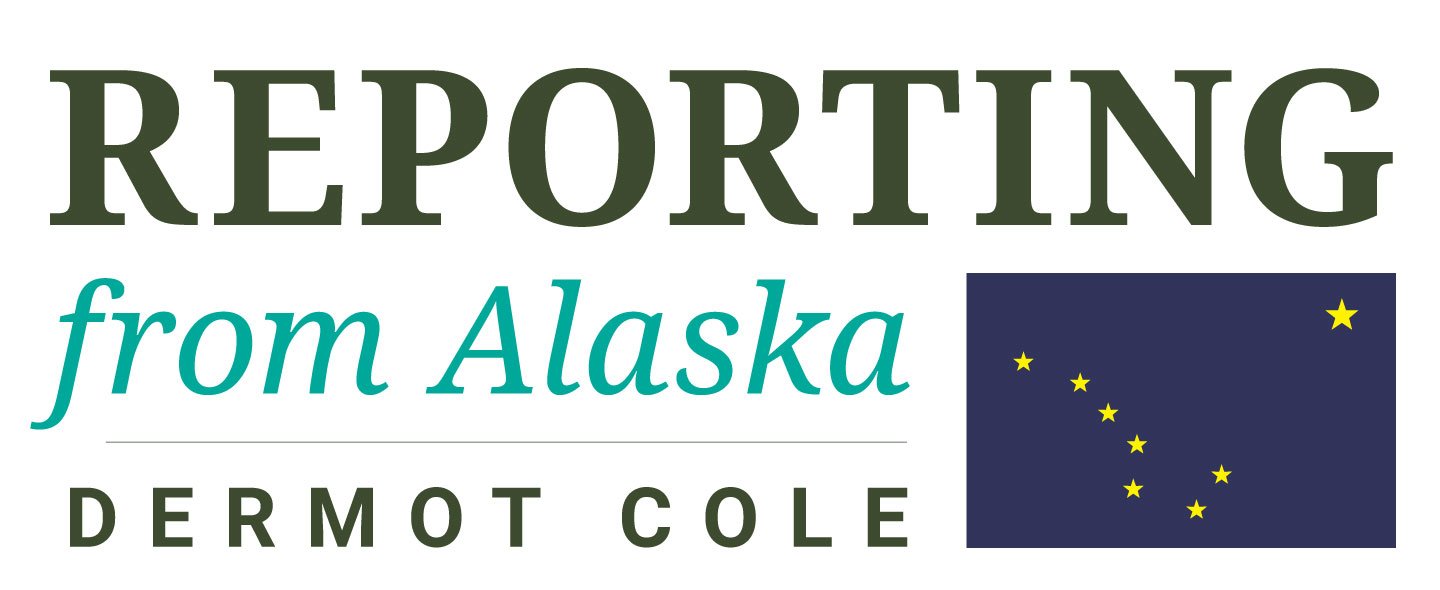Attorney general tries to shift blame on education bungling away from Dunleavy
Attorney General Kevin Clarkson, who invented the legal excuse Gov. Mike Dunleavy is using to create a crisis in education funding, is running political interference for the big man. It’s not working.
“If education is not funded this year, it’s on the Legislature, not the governor,” claims Clarkson.
Clarkson is arguing his case with finger-pointing and publicity, usually a sign of trouble.
Let’s review.
Dunleavy is the governor of the education promise. He has made more of them than any politician in state history, many of them contradictory, so it’s impossible to say what his position is.
As a candidate, he promised no education cuts. Before a Baptist Church audience in Fairbanks, he promised to consolidate small schools. In a speech to the Alaska Federation of Natives, he promised he would do nothing of the kind.
“What I want to do is beef up what we have in the regional areas like Kotzebue, Nome, Barrow, Bethel, so that kids can go to school there, potentially take some college classes,” Dunleavy promised AFN.
A couple of months after the election, he began promising big cuts, while reciting talking points from memory and providing no details on policy.
He saw no constitutional problem with the law approved a year ago to pay for education in the next fiscal year, the one that disturbs Clarkson so much.
Instead, Dunleavy proposed that the appropriation be replaced with a new lower number.
Dunleavy said he wanted to improve education by cutting it by more than $320 million, but refused to say how many thousands of teachers would be cut, how the cuts would be implemented or how this would improve anything.
He promised that the 25 percent cut in education would not lead to thousands of layoffs because most of the public employees to be laid off would not be state workers, but employees of local governments.
He promised that after the cuts the state would “work with school districts to rethink existing processes in an effort to achieve better outcomes.” Chopping education spending was a major element in the so-called “Honest Budget,” which was actually a collection of budget gimmicks that fell flat.
Dunleavy, along with temporary budget director Donna Arduin and Revenue Commissioner Bruce Tangeman tried to sell the massive school cuts with dishonest and misleading claims that they repeated and refused to correct.
In the Dunleavy/Koch Network road show, the governor and his staff falsely portrayed Alaska’s schools as failing, based on a single measurement and inflated the amount spent on school administration. They offered no plans for improvement.
All of this was based on Dunleavy’s refusal to abandon his campaign fantasy—that Alaska needs no new or increased taxes. In a particularly clumsy dance move that fooled no one, he said he was making no budget cuts.
“Rather than starting with the bloated budgets of the past and asking ourselves ‘where do we cut,’ we did exactly what Alaskan families and small businesses are forced to do when faced with financial hardship,” he said Feb. 12. “We started from the ground floor and built an annual budget where the amount we spend aligns with the amount we bring in, an approach that built a budget up rather than reducing a budget down.”
The governor and his staff failed to convince the public or the Legislature that his approach to education—”slash funding now and reveal some ideas later”—made any sense.
In April, Dunleavy returned to what he said during his campaign—promising no cuts to education in the next fiscal year, but only if the Legislature would grant him a procedural victory and agree that the Legislature can’t fund education a year in advance. With this, the principle behind the sustainable Honest Budget was no more.
“Although we initially proposed reductions in education, we have said to legislative leadership ‘put the funding in, make sure there’s funding in the budget and we will not veto that funding in any form or fashion.’ We will let that funding go through, so we can have that conversation going into next year on what reforms we want to look at in education,” Dunleavy said last month.
This directly contradicts the claims that Dunleavy made in February—that it was essential to cut education by $320 million.
This series of incoherent promises does a disservice to Alaskans and undermines one of the core services of state and local government.
